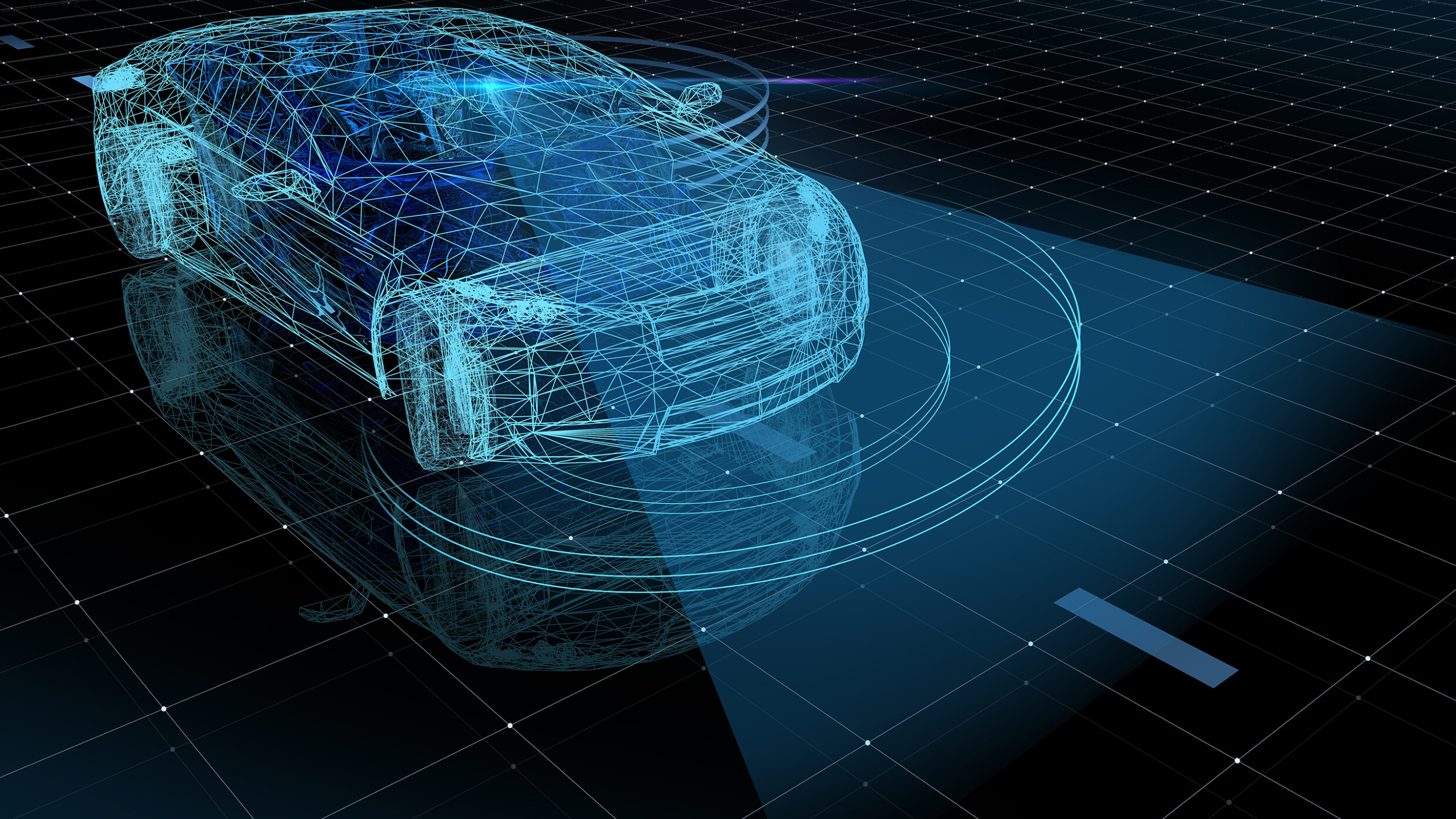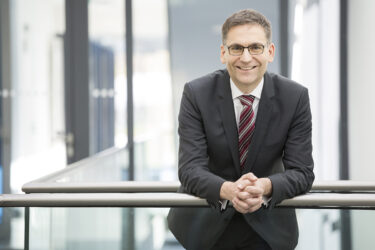Read next
Software on four wheels, or traditional cars plus apps:
A paradigm shift on the automotive market?
On the automotive market, traditional manufacturers are in a head-to-head race with new players from the software world. In the end, the winner will be decided not only on the basis of technological innovation, but also by how secure the technologies are.



© iStock.com/Just-Super
Software and high-tech companies that have only recently entered the automotive market have designed their vehicles as software systems from the ground up. Traditional car manufacturers, on the other hand, have their roots in mechanical engineering and are only now finding out just what a difference software could make. This gives tech companies a significant head start when it comes to software architecture, but: “The performance of a car’s software is determined by more than just the flexibility of its architecture,” says Professor Mario Trapp, Head of the Fraunhofer Institute for Cognitive Systems IKS. “It also relies on a lot of domain-specific knowledge, for example in the area of driving dynamics, where the experience of conventional car manufacturers naturally gives them an edge.”
While software has long been secondary to mechanical engineering in vehicle manufacturing, new generations of vehicles are now software-dominated, as software functions become the differentiating features that ensure success against the competition.
A key element is the use of artificial intelligence (AI), without which a vehicle cannot adequately recognize its surroundings. Road markings, signs, traffic lights, other vehicles, cyclists and pedestrians can only be identified by AI. “Conventional vehicle manufacturers still have a lot of catching up to do here,” says Trapp.
The world of IT sets the tone
At the same time, software forms the basis for the flexibility on which many of the future business models in the automotive market will depend. Customers are used to smartphones and web services, and they expect at least as much flexibility when updating a car. They also expect cars to be capable of installing new apps, for example, or connecting seamlessly to web services, so that the driver gets not just a car but mobility services as well.
The conventional software architectures used in today’s cars are not designed for this — yet. Although almost all traditional manufacturers are now heralding a new software-dominated future, high-tech companies view the car as a software system from the ground up and have invested in forward-thinking technologies — both in the software itself and in the underlying hardware.
Many of these technologies have been brought in from the world of IT, where this flexibility has been commonplace for some time. IT users, however, are accustomed to a different level of quality: The fact that apps frequently crash and web services do not always work smoothly is virtually a given. As these technologies have come onto the automotive market, their standard of quality has also improved, explains Trapp: “While high-tech companies accept poorer quality in favor of new features, traditional businesses have prioritized quality to protect the owners of their vehicles, particularly by doing anything they can to prevent fatal accidents caused by software errors.”
Success Story: From static to dynamic automobile architectures
Flexibility and quality at the same time?
One of the biggest challenges of the future, Trapp says, will be to combine the flexibility enabled by software with the necessary levels of quality and safety. When it comes to competition, the question is whether the tech companies will manage to bring the required quality to their highly flexible software first or whether the traditional companies will be faster at making their safer software flexible enough.
Both are equally demanding: Even though the features offered by the new world of software seem splendid at first glance, “Introducing quality and particularly safety to an architecture that, although it is highly flexible, is not developed with safety in mind is at least as challenging as bringing flexibility and intelligence up to the necessary levels,” emphasizes the Head of Fraunhofer IKS.

© Fraunhofer IKS
Mario Trapp, Institute Director of Fraunhofer IKS: "Our greatest concern is quality, especially safety."
According to Trapp, the big unknown in this competition will be market acceptance. “If the market is prepared to accept lower, maybe even hazardous quality standards in favor of great autopilots, that’s a complete reshuffling of the cards.” Conversely, the same is true if the market acknowledges that a great smartphone app is not so great when people’s lives are at stake — and the quality requirements for smart vehicles might even be higher than for today’s cars.
Rediscovering the car as a software system
Mario Trapp believes that the automotive market of the future will be shaped by two trends: Firstly, vehicles are becoming smarter, even to the point of being able to drive themselves. Assuming that the market imposes high quality standards, that is no longer expected to happen on a comprehensive scale within this decade — for now, it is likely to be limited to pilot applications with a lot of restrictions. However, if the market accepts lower standards, it could take significantly less time.
Would you like to learn more about the work of Fraunhofer IKS? You can find our research spectrum here:
Secondly, vehicles are being reimagined as software systems and features such as app downloads or cloud-based services will soon be commonplace. Trapp believes this second trend will take hold much more quickly than the first. Though this approach is taking a back seat to autonomous driving for now, the logical conclusion is that people might soon be able to download new driving functions offered by third-party providers from an app store.
The Fraunhofer Institute for Cognitive Systems IKS is therefore working intensively on both of these trends. “Our biggest concern here is quality, and especially safety,” emphasizes Trapp. “That’s why we’re researching and transferring new technologies that provide vehicles with the necessary intelligence through AI and the necessary flexibility through modern software architectures. We are doing this while maintaining high standards of quality, so that society can benefit from the advantages of modern software without having to accept new and higher risks.”



